Remembering George Floyd: Here are the civil rights museums and landmarks to visit
The historic protests following the death of George Floyd in police custody could become a pivotal moment in the nation's long struggle for equality for African Americans.
It's also an opportunity for Americans to educate themselves about the history of civil rights — especially non-black Americans who may be just beginning to understand the issues. A number of museums and landmarks throughout the country serve that purpose.
Some are dedicated to prominent civil rights leaders. Others memorialize African Americans killed in lynchings. Still others pay tribute to civil rights victories or to the groundbreaking achievements of individual black Americans.
Many are located in the South, where much of the struggle occurred. But racism was by no means confined to the region.
As the country begins to emerge from the coronavirus crisis and travelers hit the road for the summer, here are just some of the significant sites in the civil rights movement and African American history and culture to visit. (Some may not yet be open again, so check before you go.)
While many of the museums and sites remain closed due to the coronavirus, some have online resources about race, racism and racial identity, such as this portal from the Smithsonian.
National Museum of African American History and Culture
The newest Smithsonian museum, on the Mall in the Nation's Capital, opened in 2016 and tells the story of African American history and culture with around 36,000 artifacts. Recent exhibits pay tribute to black Americans in the military from the American Revolution to the wars in Iraq and Afghanistan, how black America has changed since 1968, stories from writer James Baldwin's home in southern France and Martin Luther King Jr.'s Poor People's Campaign. The museum has been closed since March because of the coronavirus.
Birmingham Civil Rights Institute
The institute, in downtown Birmingham, Alabama, is in the heart of one of the most violent civil rights battlegrounds. Just across the street, on Sunday, Sept. 15, 1963, a bomb planted by white supremacists exploded under the steps of the 16th Street Baptist Church, killing four black girls. Martin Luther King Jr. sent a telegram to Alabama's segregationist Gov. George Wallace, which said, "The blood of our little children is on your hands." King himself was jailed in Birmingham for leading civil rights demonstrations, and the notorious Sheriff Bull Connor turned firehoses and dogs on peaceful protesters. The institute remains closed due to the coronavirus.
National Civil Rights Museum
King came to Memphis in April 1968 to support the city's sanitation workers, who were on strike for better pay and working conditions – it would be the last mission of his life. King's assassination on the balcony of the Lorraine Motel rocked Memphis, and the country, marking the loss of the most prominent civil rights leader. The site of the tragedy, including the boarding house where King's assassin fired the bullet, has been turned into the National Civil Rights Museum. King's room at the motel has been preserved in the condition it was in on the day of his death. The museum remains closed due to the coronavirus.
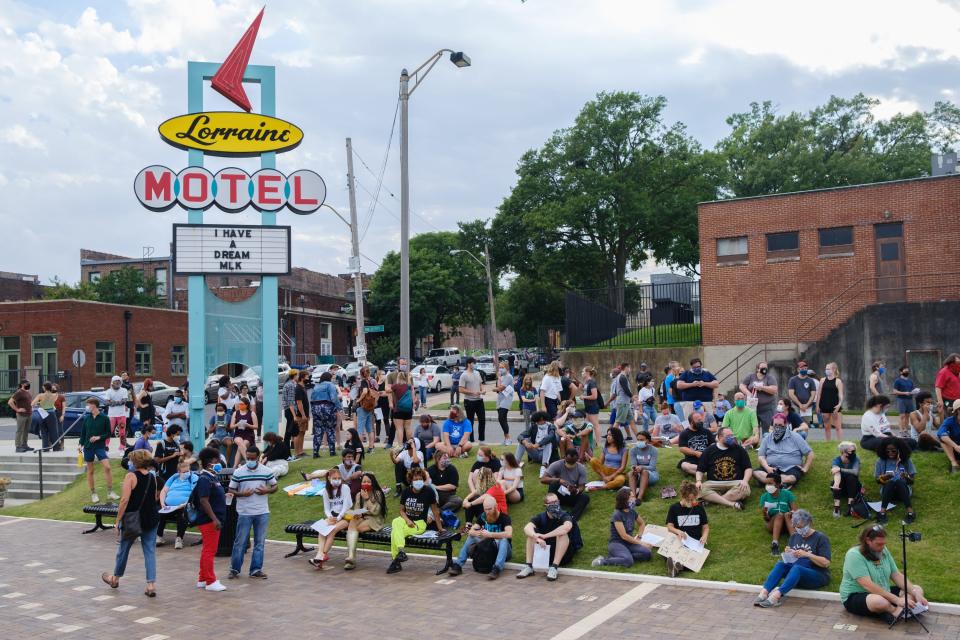
Martin Luther King Jr. Memorial
The Martin Luther King Jr. Memorial, which was dedicated in 2011, is the first monument on the National Mall dedicated to an African American. It's at West Potomac Park, not far away from the steps of the Lincoln Memorial, where King gave his famous "I Have a Dream" speech in 1963. The 30-foot-tall granite sculpture, designed by Chinese artist Lei Yixin, consists of 159 blocks. The memorial is currently open to the public and has been the site of protests against police violence in recent weeks.
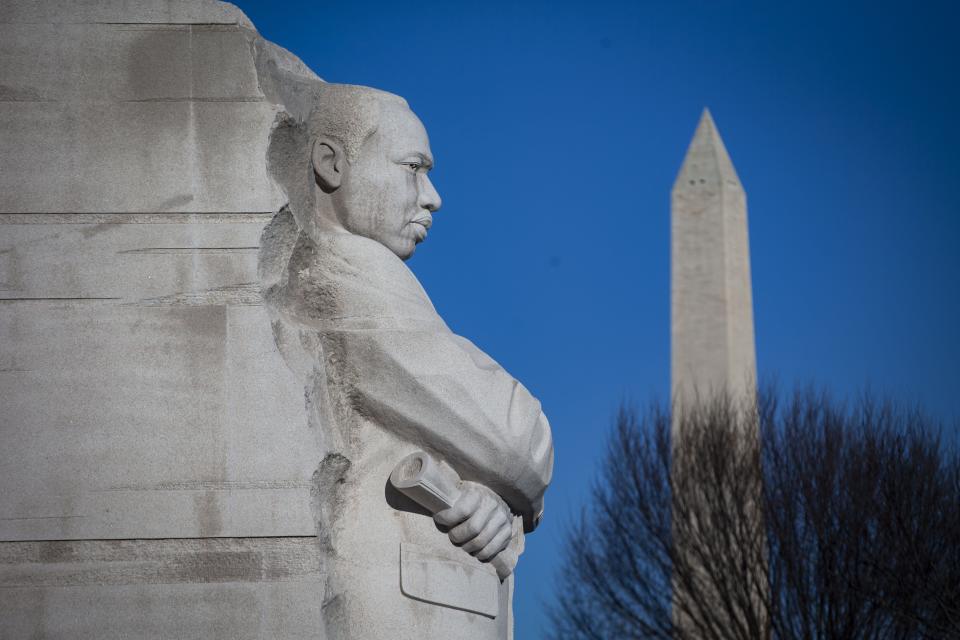
Brown v Board of Education National Historic Site
The handsome brick Monroe Elementary School on the south side of Topeka, Kansas, became the launch point for one of the most consequential civil rights breakthroughs in American history. When built in 1927, it was designated by the Topeka Board of Education as a school for black children. By 1950, Topeka had established 18 neighborhood schools for white children, but only four for their black counterparts. The following year, the Topeka NAACP went to court in a case that would come to be known as Brown v Board of Education. In 1954, the U.S. Supreme Court ordered school desegregation nationwide. The school, which is managed by the National Park Service, is closed due to the coronavirus.
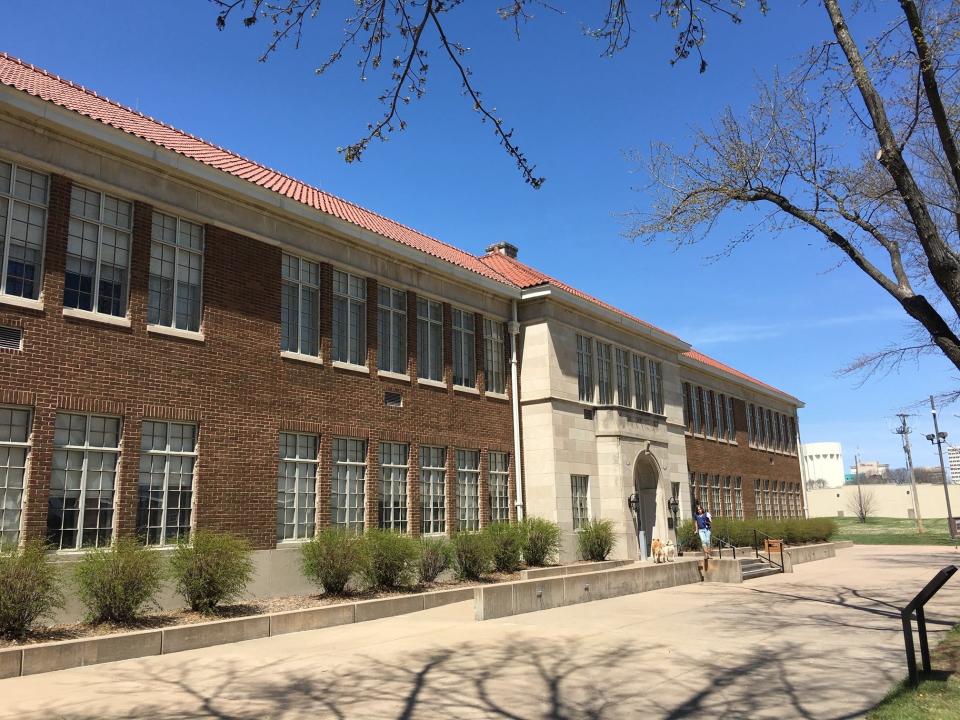
National Memorial for Peace and Justice
The National Memorial for Peace and Justice, in Montgomery, Alabama, is the nation's only memorial to the victims of racial terror lynchings from the end of Reconstruction to the beginning of the civil rights era. This memorial, which opened in 2018, acknowledges the more than 4,000 African American men, women and children who were tortured and killed by white mobs from 1877 to 1950. The Legacy Museum, also in Montgomery, shows the history of the enslavement of African Americans in a city that was the center of Alabama's slave trade and later a center for the civil rights movement. Both sites remain closed due to the coronavirus.
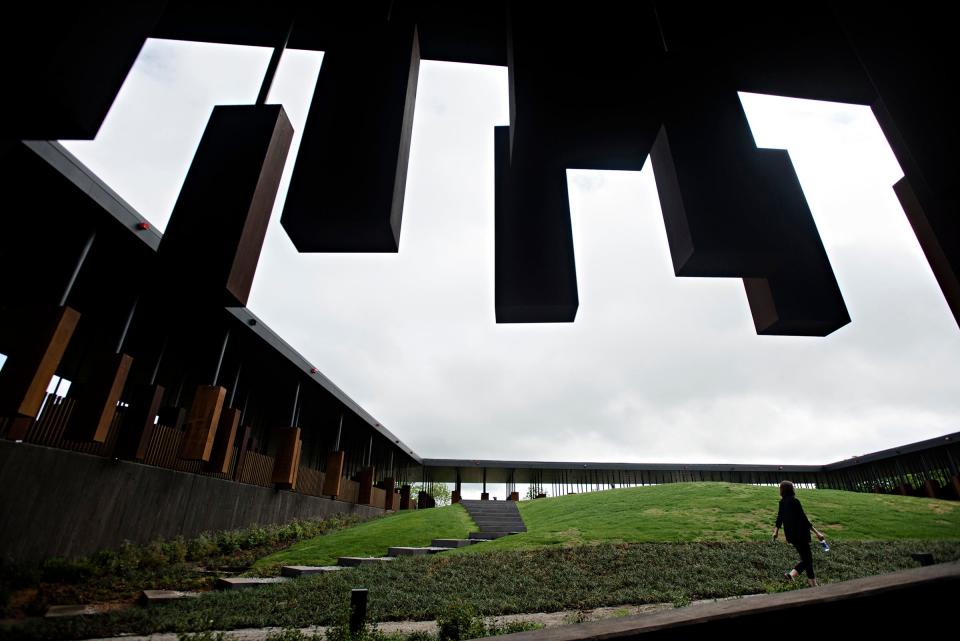
King Center
The King Center in Atlanta describes its collection of American civil rights research materials as the world's largest It includes those of King. Its collection includes King's papers and those of the Southern Christian Leadership Conference, the organization he co-founded. The archives include hundreds of oral history interviews with King's friends, family and associates in the civil rights movement. Visitors can see the marble crypt where King and his wife, Coretta Scott King, who supported her husband's work and continued it after his death, are buried, and the eternal flame that symbolizes King's vision, and tour the house where he was born in 1929. The sites are closed due to the coronavirus.
Ali Center
In September, the Muhammad Ali Center in Louisville, Kentucky, will mark 60 years since the young boxer, then known as Cassius Clay, won a gold medal at the 1960 Olympics in Rome. Legend has it that Ali threw the medal into the Ohio River after a racist encounter, but at the 1996 Olympics in Atlanta, he was presented a replacement. Ali, who died in 2016, also lit the cauldron at the Atlanta games, and the center displays the torch. Not unlike black athletes today who have faced backlash for protesting injustice, Ali's opposition to the Vietnam War was unpopular and shut him out of boxing for several years. The center will reopen on July 1.
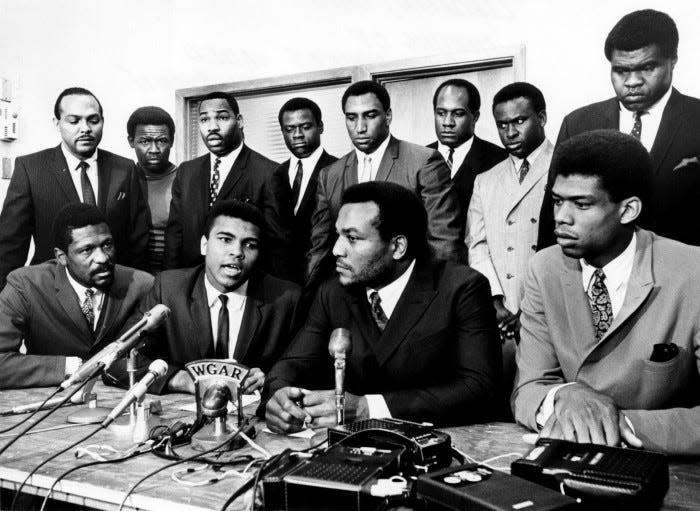
Pullman National Monument
This site, the only one managed by the National Park Service in Chicago, is historic for multiple reasons. The Pullman District was the first model, planned industrial community in America. Pullman built luxury passenger cars for trains during the heyday of train travel, and was also once the nation's largest employer of African Americans, who worked as sleeping car porters on Pullman trains. Such jobs were prized among black men who during the Jim Crow era could find little work outside of labor and agriculture. A. Philip Randolph founded the Brotherhood of Sleeping Car Porters in 1925, and Randolph and the union played a big role in the civil rights movement. The visitor information center and restrooms are closed due to the coronavirus.
Negro Leagues Baseball Museum and American Jazz Museum
The Negro Leagues Baseball Museum in Kansas City, Missouri, is the world's only museum dedicated to African American baseball teams in the years when Major League Baseball excluded black players. It sits blocks from where the National Negro League was established in 1920. In 1945, Major League Baseball's Brooklyn Dodgers recruited Jackie Robinson from the Kansas City Monarchs, making him the first African American major league player in the modern era. The adjacent American Jazz Museum celebrates jazz through exhibits, films and live concerts. The location, in Kansas City's 18th and Vine District, was once the city's black cultural heart. Both museums are closed due to the coronavirus.
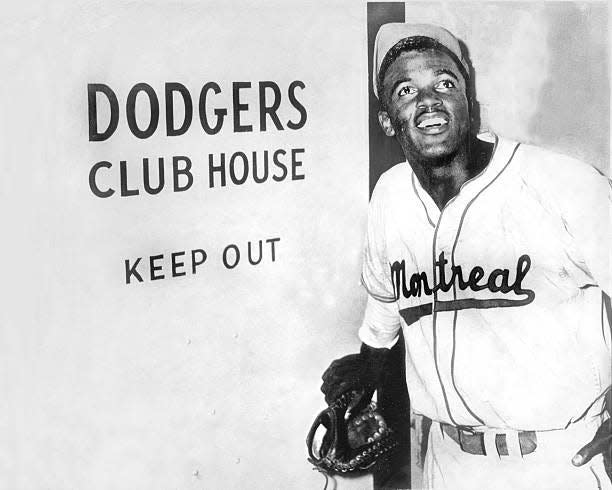
Mississippi Civil Rights Museum
Perhaps no more blood was spilled in the struggle for civil rights than in Mississippi. It was the site of the 1955 lynching of Emmett Till, a 14-year-old from Chicago whose mother displayed his badly disfigured body in an open casket for the world to see. Medgar Evers, who established the Jackson office of the NAACP with his wife, Myrlie Evers, was assassinated in his own driveway in Jackson in 1963. Three civil rights workers — James Chaney, Michael Schwerner and Andrew Goodman — were abducted and killed in Mississippi in 1964. The Mississippi Civil Rights Museum takes an unflinching look at the state's history of racial violence. The museum is set to reopen on July 7.
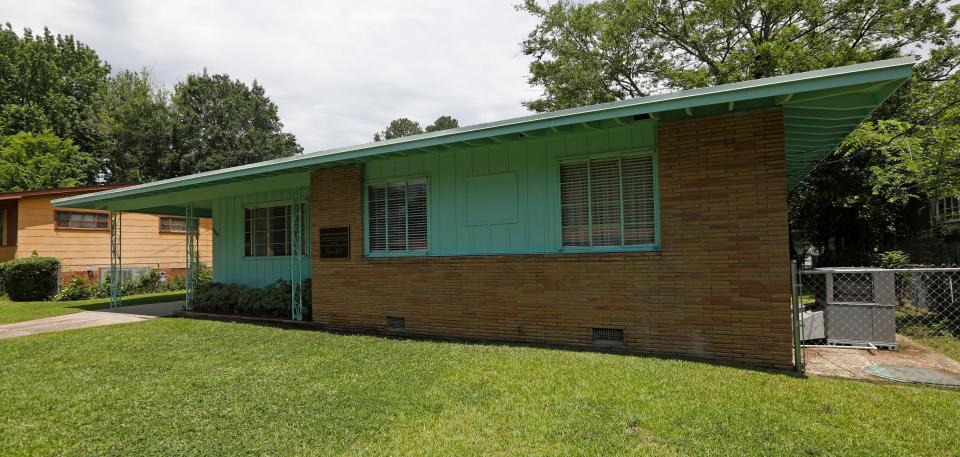
National Underground Railroad Freedom Center
The National Underground Railroad Freedom Center in Cincinnati, dedicated in 2004, lies steps from the Ohio River, the barrier between the slave states of the South and the free states of the North. The center pays homage to the Underground Railroad, a network of abolitionists who risked their own personal safety to provide safe passage for African Americans seeking freedom. The story doesn't stop at 1865 or even 1965. The center works to draw attention to modern forms of slavery, including human trafficking, that persist worldwide. The center is closed due to the coronavirus.
Mary McLeod Bethune Council House National Historic Site
The Bethune Council House, on Vermont Avenue in Washington, was Mary McLeod Bethune's home and the first headquarters of the organization she founded in 1896, the National Council of Negro Women. Bethune founded what would become known as Bethune-Cookman College in Daytona, Florida, in 1904. She served as an advisor to four presidents, including Franklin D. Roosevelt, who appointed her Director of the Division of Negro Affairs of the National Youth Administration, making her one of the highest-ranking black women in the federal government. The council she founded has 4 million members today. The house remains closed due to the coronavirus.
Rosa Parks Museum
The Rosa Parks Museum at Troy University in Alabama houses several items related to her famous protest of segregation in public transportation in Montgomery. They include her arrest records and fingerprints, a 1950s-era city bus and a restored 1955 station wagon used to transport protesters, dubbed a "rolling church." Though Parks lived in Detroit in her final years, the civil rights icon is best remembered for the day in 1955 when she refused to give up her bus seat for a white man, leading to the Montgomery Bus Boycott, which lasted for 381 days. In the coming years, similar demonstrations throughout the South led to the end of segregation in public spaces. The museum is open, and visitors are require to wear face coverings and practice social distancing.
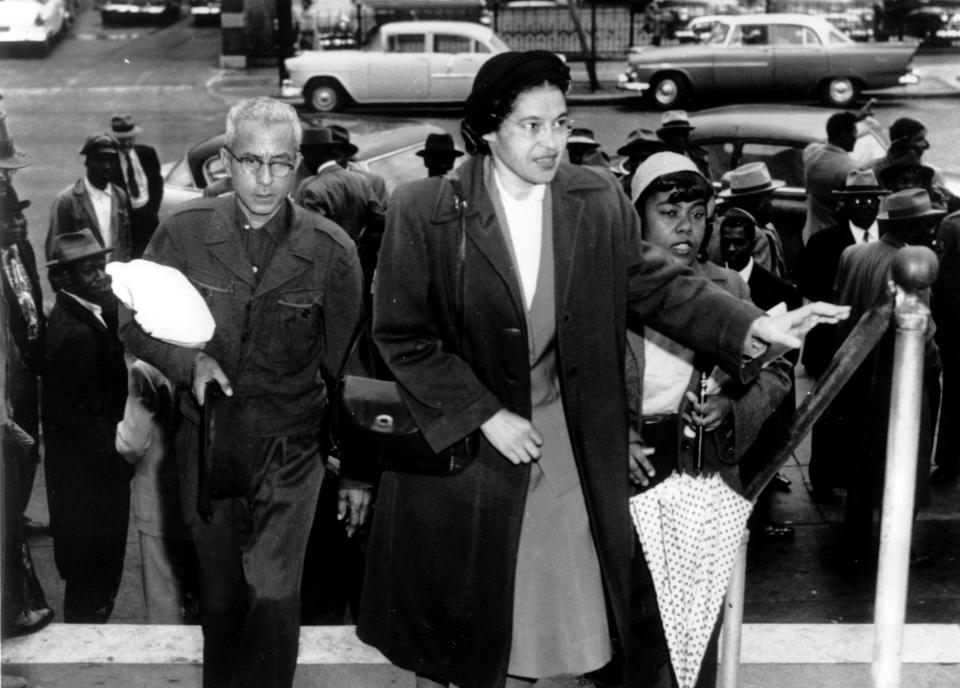
Shabazz Memorial and Educational Center
The Audubon Ballroom, in New York's Washington Heights neighborhood, was where Malcolm X was assassinated in 1965. His wife, Betty Shabazz, pushed for the preservation of the building as a memorial to him and the struggle for African American equality. The Shabazz Memorial and Educational Center opened in 2005. The space is not a museum but a living memorial and a space for education, culture and activism.
This article originally appeared on USA TODAY: Racism in America: Civil rights museums and landmarks to visit

